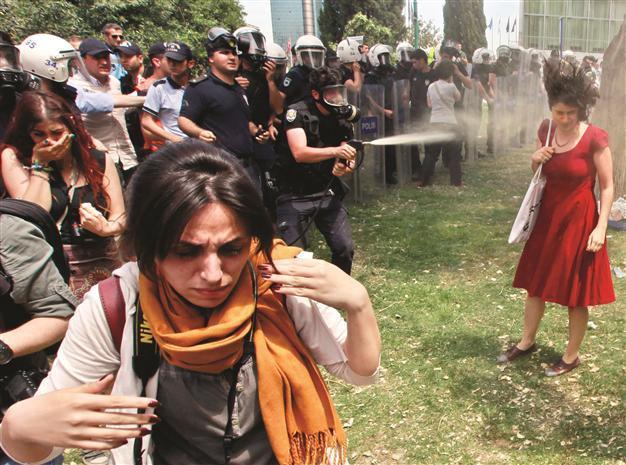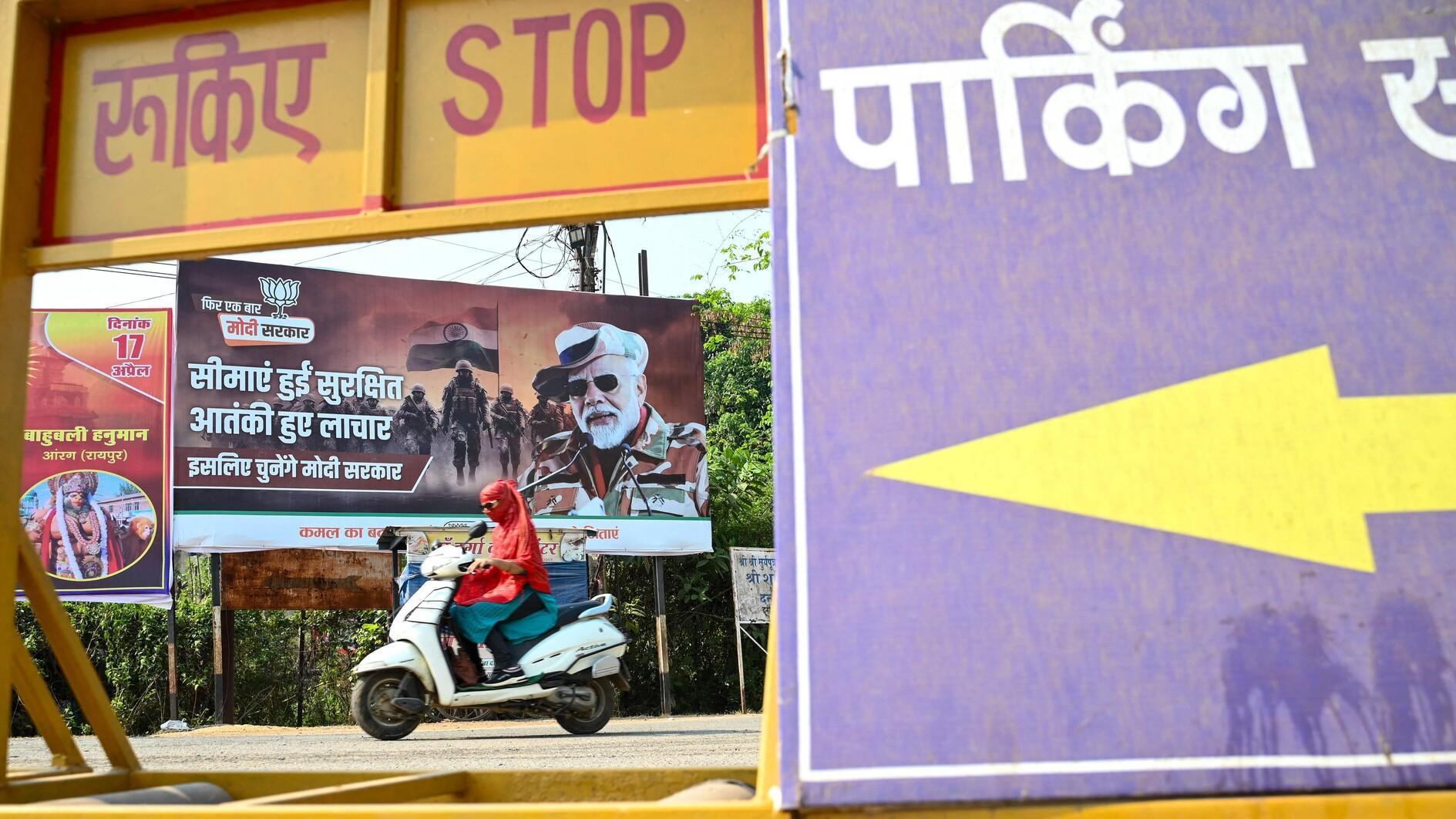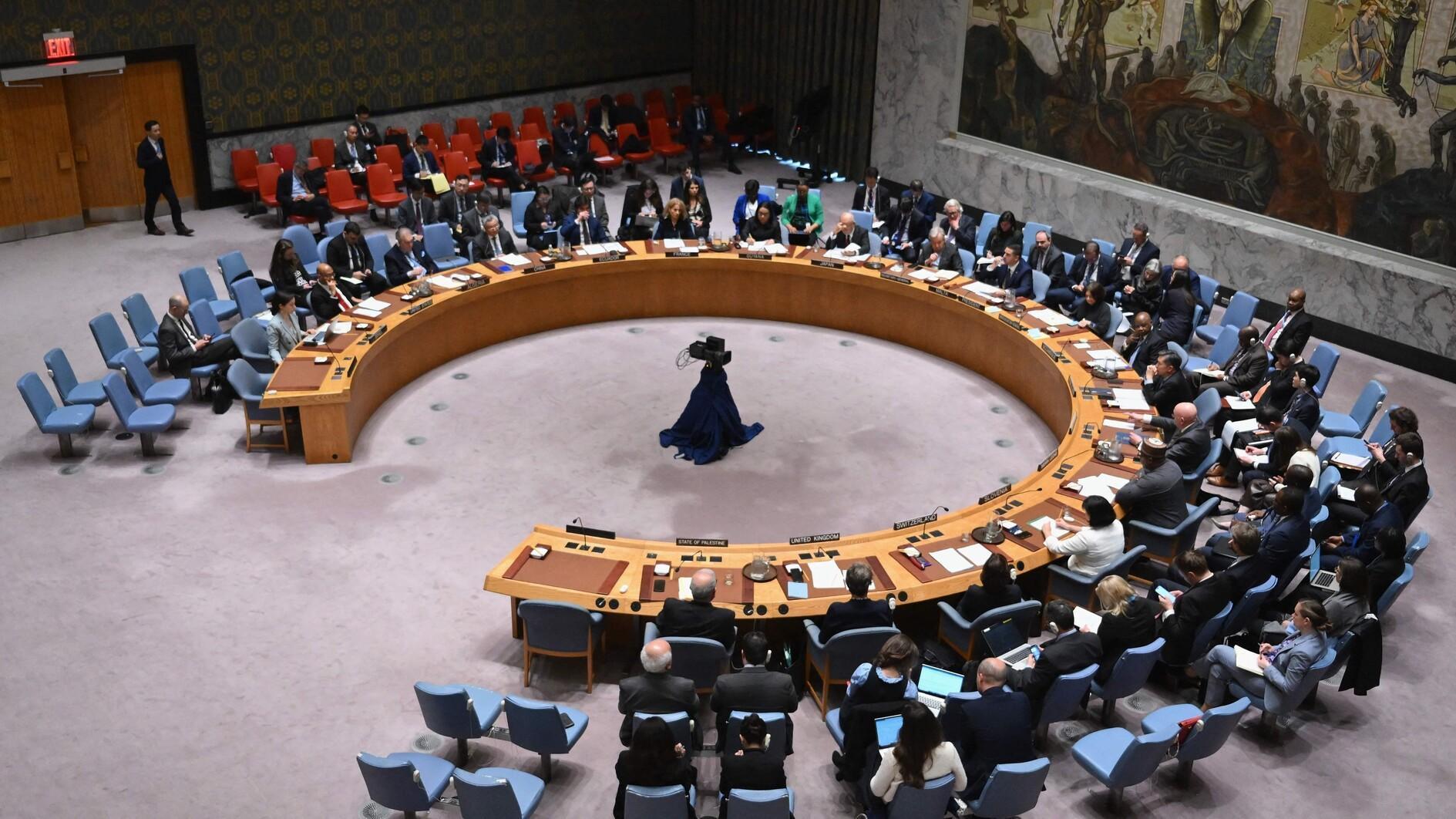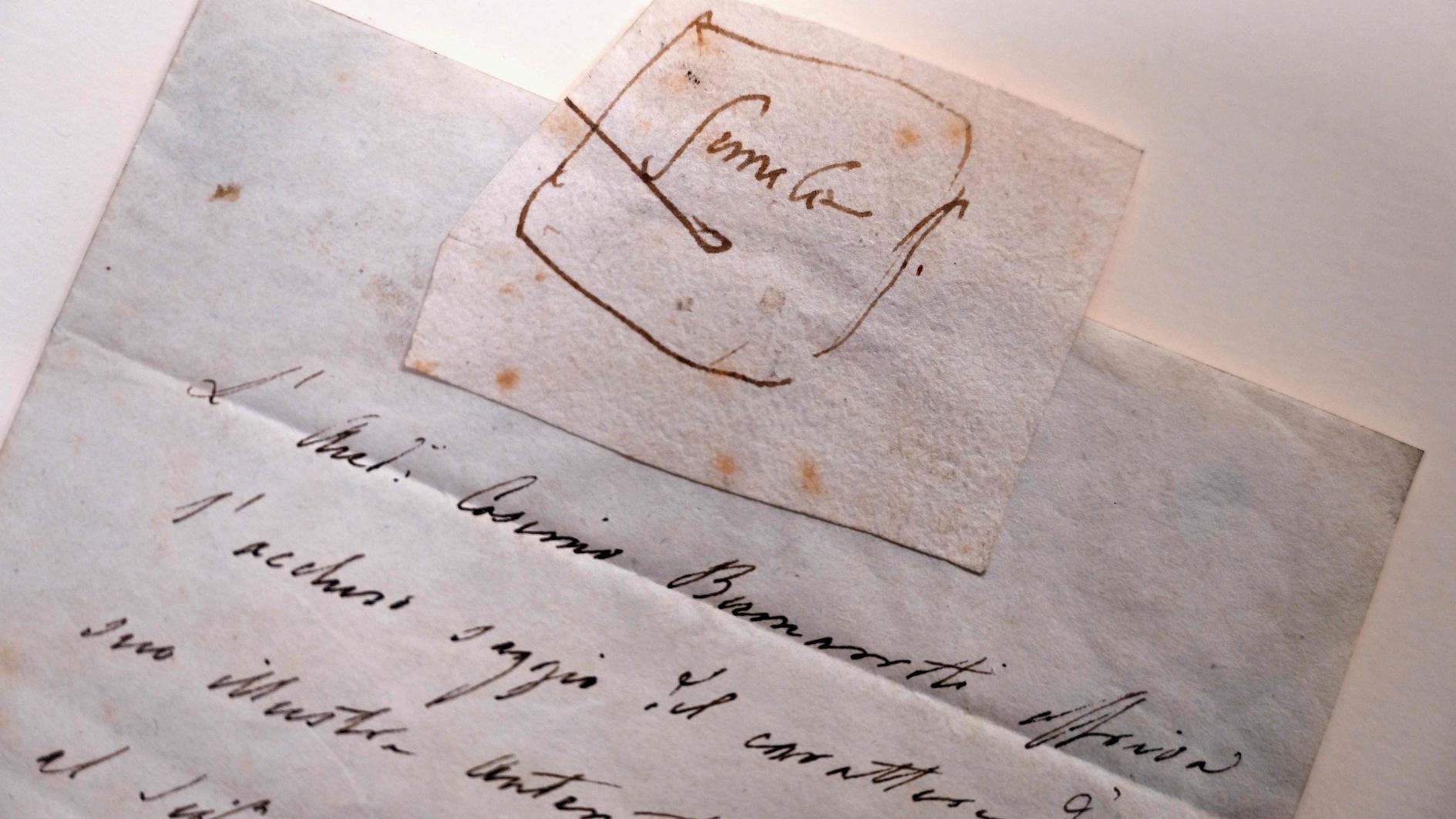Defining ‘Red Hot Chili Pepper’
AYLİN ÖNEY TAN - aylin.tan@hdn.com.tr

REUTERS Photo
‘((CH3)2CHCH=CH(CH2)4CONHCH2C6H3-4-(OH)-3-(OCH3))’ is read as “8-methyl-N-vanillyl-6-nonenamide,” the active component of chili peppers, now the unintended “new” flavoring of a great number of Istanbul’s residents. Turkish cuisine, especially the regional cookery of southeastern provinces makes abundant use of red hot chili peppers enjoying them enormously, but this latest brutal use of pepper gas –also known as tear gas – was no joy at all, and left a very bitter taste in the palate of Istanbul residents and visitors.The active component Capsaicin is found naturally in plants belonging to the genus Capsicum. The compound was extracted and isolated in pure form by a series of scientists in 1800’s; first extracted and named as “capsicin” by Christian Friedrich Bucholz in 1816; then isolated in a nearly pure form and renamed as “capsaicin” by John Clough Thresh in 1898; and finally pure capsaicin was isolated by Karl Micko in 1898. It was E. K. Nelson who first shed light on capsaicin’s formula and chemical composition in 1919. Since then, numerous scientists have been working on this potent compound. Pure capsaicin is a very volatile substance which has its use not only in the culinary world but in medicine, for topical ointments, in dermal patches and for temporary relief of minor aches, and more recently as a weight-loss agent. Another use of capsaicin, due to its irritating properties, unfortunately came into being as a supposedly less-lethal weapon, now used extensively by the police on protestors in Turkey.
McGee tasting pepper-gas in Istanbul
To find out about the burning effects of capsaicin, we have to refer to Harold McGee, author of the colossal book on kitchen science, “McGee on Food & Cooking.” The legendary researcher wrote extensively on capasicin’s effects on the body and he himself witnessed a firsthand experience of pepper-gas earlier this month in Istanbul when he was a panelist in Gastro Istanbul event. When the Beşiktaş soccer-game fans were relentlessly gassed in Beşiktaş, the peppery fumes affected the gastronomy event in Maçka Küçük Çiftlik Park, causing many food writer visitors to shed tears and take refuge in the only closed area of the event, the tent where panels were taking place. American food writer Elisabeth Field and her husband were just approaching the area, when they were caught in between football fans and police falling on the ground in tears from the pepper-gas. McGee says the effects of capsaicin on the human body are many and complex. When taken as a flavoring, it affects the body’s temperature regulation, making one feel hotter, and inducing cooling mechanisms of the body like sweating and increased blood flow in the skin. Its weight-loss effect is caused by increasing the metabolic rate, and it makes one more satiated and less hungry. Of course, these positive effects are not viable when the peppery effect is taken in gas form. Breathing may be difficult for about an hour and sight can be blurry for many minutes. Capsaicin cannot be removed from the skin easily. It is not soluble in water, so water, or as believed, vinegar is practically useless to clean items and skin that is contaminated with the pepper gas. Ironically alcohol can be the rescue, another recent controversial item in Turkish politics, as the Prime Minister is pushing the ban on the advertising, promotion and even writing on alcoholic drinks very hard, the food and beverage world is feeling very much oppressed. Even purchasing a bottle of alcoholic drink may be a real hassle in the very near future, when the parliament-approved restrictions are put into enforcement.
Another world famous food writer, Anya Von Bremzen, a part-time resident of Istanbul, was writing about pot banging and tearful eyes from her Cihangir apartment only yesterday. The chili peppers of southeastern Turkey are of utmost quality and legendary among connoisseurs and food experts.
Peppers of Urfa, Antep, Maraş, Malatya, Hatay, just to name a few, are widely recognized and acknowledged by food writers worldwide. One would never imagine police promotion of peppers however! The contribution of armed police forces of current government to the world culinary world is unmatched. Now thanks to them, Turkish pepper gas is world famous and is on the agenda of many international chefs and food writers.
The girl in red, so vulnerable in her pretty summer dress, sprayed ruthlessly by the fully armed police, became the iconic symbol of the Istanbul uprising. Her poppy-like fragile posture, her hair blown away with the pressure of the gas, her inability to defend herself, was all captured in this timeless picture.
Named as “the women in red” in foreign media, she definitely deserved to be the symbol of police brutality, her dress ironically being the color of capsicum, and also of poppies, the universal symbol of martyrs.
Bite of the week
Recipe of the Week: This week’s recipe is inspired from the streets of Istanbul. During the riots another scary rumor was that Agent Orange, a nearly lethal gas was used to pacify the demonstrators. It’s now said that an intensified orange-color chili gas was mistakenly interpreted as the Orange gas. Suddenly realizing that oranges and chilies go well together, I whipped up the recipe for an orange salad with a kick. Peel and slice an orange thinly crosswise. Sprinkle with salt and hot chili flakes. Pour a splash of vodka and serve on a bed of arugula leaves.
Fork of the Week: The bite of the week is again related to pepper. Make your own chili oil at home. Take a heat resistant container; put a cup of chili flakes, my choice being Maraş peppers; heat olive oil until smoking hot; and pour over the chili flakes at once. When cool transfer into a wide necked bottle with a tight lid and drizzle over anything you like when needed.
Cork of the Week: The Taksim-Gezi Park defenders were supported by a great number of residents of Ankara, creating their own way of protests. Ankara seemed to be also the capital of major spontaneous demonstrations against the alcohol ban. Youngsters holding cans and glasses of ice-cold beer marched chanting “Şerefine Tayyip! (To your honour Tayyip!)”. As alcohol is a very good agent to remove the effects of capsaicin, carrying a small bottle of vodka can be an instant remedy, either to wash your face with alcohol when exposed to pepper-gas, or to start an ad-hoc protest against the new alcohol law. My choice is the local brand Binboa, and I like to infuse a few fiery whole dried chilis dropped in the bottle. Enjoy it on the rocks!












